We didn’t give a wino’s whistle what was inside. We bought it for the fiasco, which is what the bottle inside the raffia basket that it came in was called. And how appropriate that this unusually shaped bottle wrapped in straw shares its name with a word that can be defined as a disaster, catastrophe, debacle, flop, bomb, absolute total failure.
I’m talking about Chianti in the sixties. And especially the Chianti that fit my budget. Which was the cheapest possible Chianti you could buy. As long as it came in a fiasco. I mean why spend more. It was only to impress the woman who’d invited you over for a spaghetti dinner. Get yourself (and, of course, her) a little drunk and goozy. And to catch the drips from a candle if you ever got invited back.
Plus there was that other benefit of the fiasco. When you were chugging a bottle in the parking lot, leaning back on the hood of Freddie’s ’54 Monarch, drinking enough courage to ask Roxy to dance, and fumble fingered Freddie dropped the bottle, you never suffered the pain of broken glass.
There was pain in the morning though. For cheap Chianti was pretty rough in those days. But though there were a lot of wines I much preferred drinking, they just didn’t come in a fiasco.
Chianti has improved a lot since those days. But not as much as my palate. Or as much as my wine budget. And just like a fine Chianti, I’ve improved with age…the older I get, the more I like it.
Originally, the “recipe” for Chianti was very rigid. It had to be produced in the Chianti region, in central Tuscany, Italy. And, since the 19th Century, the wine had to be made out of 70% Sangiovese, 15% Canaiolo and 15% Malvasia bianca grapes. Like a lot of things in life, though, it was subject to change without notice.
In 1932, the Chianti region was sub-divided into seven different areas, one of which was to become the important Classico region. In the 1970s, producers began reducing the amount of white grapes in the blend. In 1984, Chianti received D.O.C.G. (Denominazione d’Origine Controllata e Garantita, or Controlled and Guaranteed Denomination of Origin) accreditation, which is the highest type of protection and recognition for quality Italian wines. In 1995, the first 100% Sangiovese Chianti was produced. And, in the same year, new rules legislated that to bear the label Chianti, a wine must, in the future, be at least 80% Sangiovese.
If you live at least part time in San Miguel de Allende, Mexico, you’re probably saying why are you wasting my time with these mostly useless historical facts. Haven’t you ever noticed that it’s impossible to get a decent Chianti in this town? Haven’t you looked in our biggest wine store, La Europea, and noticed there’s not a single Chianti on the shelves?
Well, yes I have. Or, more importantly, yes I had. Because for the first time in the twelve years that I’ve been spending time in San Miguel, there is very good Chianti available.
I can’t remember where I met Riccardo Simeone. But seeing virtually everyone I know in this town I met in a bar, it may have been in a bar. You probably know Riccardo as the publisher of The Insider’s Guide to San Miguel. But you probably don’t know him as the importer of some fine Italian wines. And, most recently, two excellent Chiantis.
For a few years Riccardo and his wife lived in Tuscany, at Fattoria La Ripa, a vineyard located in the Gallo Nero, the heart of the Chianti region. Today, Riccardo is working with the vineyard to bring their wines to Central Mexico.
“I saw how Sandro Caramelli, my friend and proprietor, worked diligently for the last 40 years to produce the finest Chiantis”, Riccardo told me. “Every step in the process was done with the highest regard for quality and never with any short cuts to save money.”
Importing wine into Mexico is not an easy task. There’s a lot of red tape…or perhaps that should be red, white and green government tape…and “it takes a long time to put all the pieces together” according to Riccardo. Plus there’s a 41% tax because the Mexicans mistakenly think that wine is a luxury, along with mink stoles and diamond tennis bracelets, instead of what we serious drinkers know it is, a necessity, along with corn and beans.
The first Chianti that Riccardo Simeone is importing carries the words “Le Terre di Monna Lisa” (yes, that’s the correct spelling) and commemorates the fact that, in the 15th century, La Ripa was owned by Antonio Maria di Noldo Gherardini, the father of Monna Lisa, who gave a smaller part of the property as dowry for his daughter’s wedding with Francesco di Bartolomeo di Zanobi del Giocondo. It obviously doesn’t hurt sales that the winery includes an image of Leonardo’s most famous model on its promo material.
The second Fattoria La Ripa wine that Riccardo is importing is a more upscale Chianti Classico that uses grapes picked from the higher south-facing slopes and has spent time in oak barrels before bottling. It ranks with some of the better Chiantis you’ll not only find in Mexico but almost anywhere.
But where in Mexico you’re probably asking by now. Well if you’ve ever seen Silence of the Lambs, you well know that Chianti is a wine that’s traditionally quaffed with food. And where more appropriate in San Miguel than a restaurant that takes it’s name from the city about 25 kilometres north of Fattoria La Ripa.
Firenze still doesn’t have a sign out front but it does have a lot of customers again now that it’s moved into cozier and more convenient premises. And it does have both of the Chiantis that Riccardo Simeone is importing.
Another Ricardo, Don Day’s friend Richard Smerdon, agreed to help me assess the pleasures of the Chiantis and off we went to the new, improved Firenze with Don Day’s Wife and Richard’s wife Lorena.
First up was the 2013 Chianti DOCG Le Terre di Monna Lisa, a wine that Riccardo Simeone had promised was a “lively fresh clean tasting Chianti”.
He was right. It’s not extra special but it’s not priced as being extra special. It is an excellent representation of traditional Chianti. It’s made of 80% Sangiovese, 10% Canaiolo and, to help soften the tannins, 10% Merlot.
We paired it with a couple of starters. The calamari looked a little pallid on the plate but came alive in the mouth thanks to its peppery, buttery sauce.
“Very tasty, very tender”, said Richard.
“A real bread dunker”, said Don Day’s Wife.
Our second starter, Firenze‘s antipasto plate, included an excellent salami, blue cheese, roasted red peppers, olives, cucumber and melon that could have used another week on the vine.
Richard called the Chianti “more of a guzzling wine” which translates as a nice choice for the bottle you might open at home before heading out to the restaurant. I got tastes of both cherry and cedar from this medium bodied Chianti and though it wasn’t exactly a Monna Lisa mystery smile it put on my face, it did make me happy enough so that I’ll definitely order it again at Firenze.
It was time for the mains and time for the 2010 Chianti Classico DOCG Fattoria La Ripa. It not only had to work with the pastas we ordered but also Richard’s grouper. Though it wasn’t too difficult to match as the fish was done in a Tuscan style, with olives, capers, tomato and lemon.
“Perfectly cooked fish”, said Richard, “and it definitely needed a red like this.”
The juicy Classico was well balanced with nice cherry flavors plus those nuances that come from being aged in wood. There was vanilla, caramel and a hint of coffee. And if you don’t trust Don Day’s opinion, then maybe you’ll trust someone with a titch…OK a ton…more credibility. The Wine Spectator said that La Ripa Chianti Classico was “Bursting with black cherry and earth aromas and flavors…”.
“Now this is more of a food wine”, said Don Day’s Wife. “And perfect for the pasta. Especially since he (Antonio, the chef and owner) makes such a good Bolognese.”
Riccardo Simeone is hoping to help fill the void that exists in San Miguel for quality Italian wine. and he’s off to a glass clinking start.
“It’s my intention to create in Mexico a small following of Italian wine lovers that are interested in and appreciate boutique wines such as these,” said Riccardo. “La Ripa also produces a Super Tuscan wine that has been awarded 92 points in the Wine Spectator. I have ordered these in my next shipment.”
As you may know, Super Tuscans aren’t cheap and you can bet that it will be considerably more than the Chianti (360 pesos at Firenze) or the Chianti Classico (575 pesos) but as Riccardo said to me in a one line email this week.
“Life’s too short to drink cheap wine.”
Firenze is located at Recreo #13 in San Miguel de Allende, Mexico. They are open from 1:00 pm every day except Sunday. If you are interested in purchasing Fattoria La Ripa Chianti directly, you can contact Riccardo Simeone at laripamexico@gmail.com.


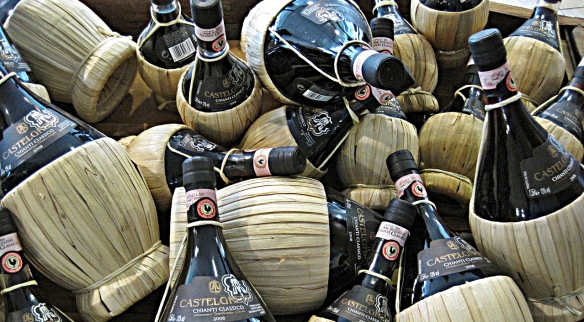
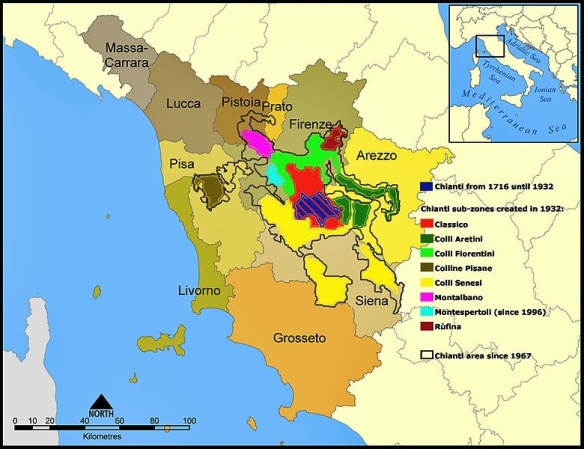
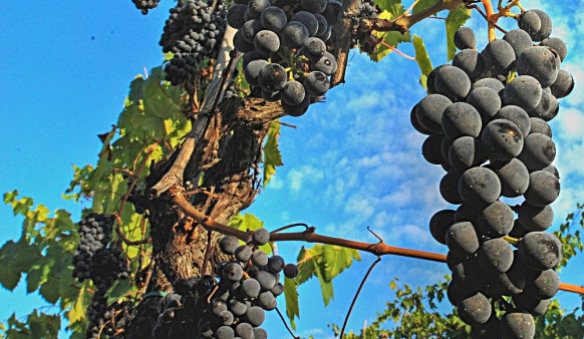
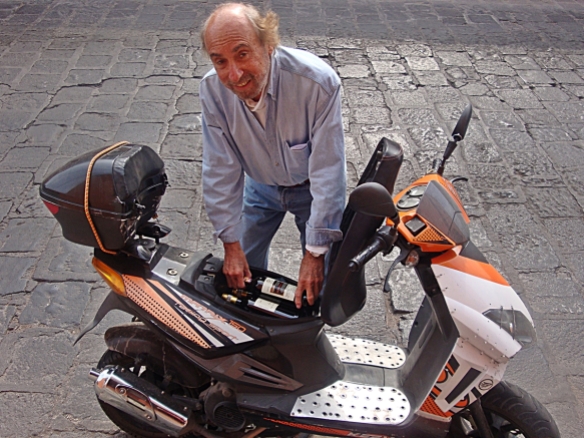
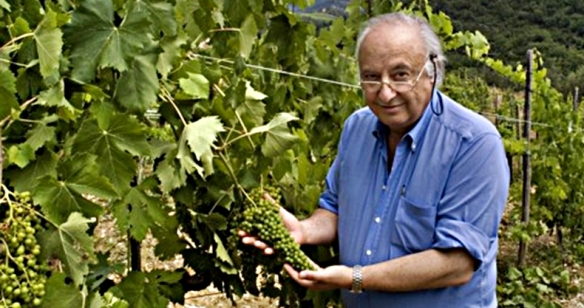



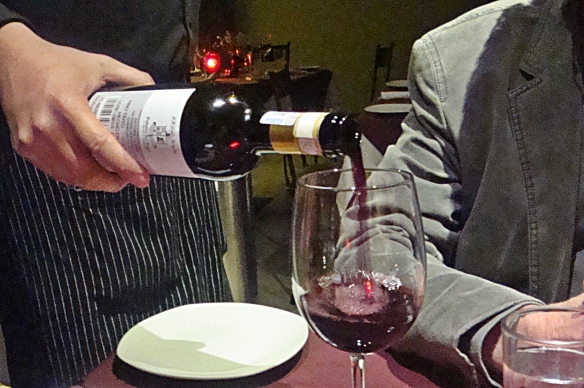
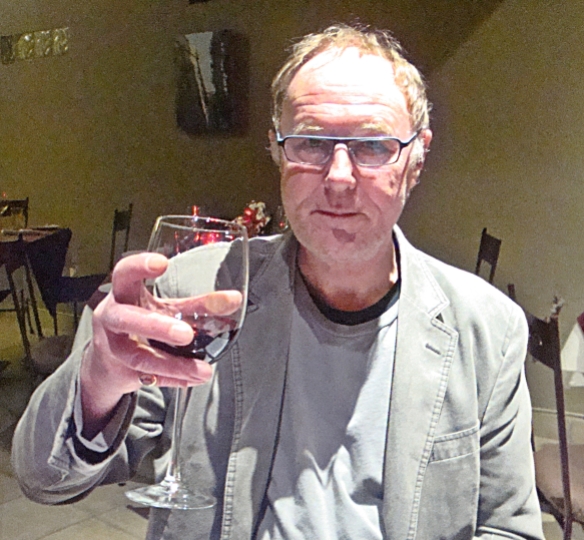
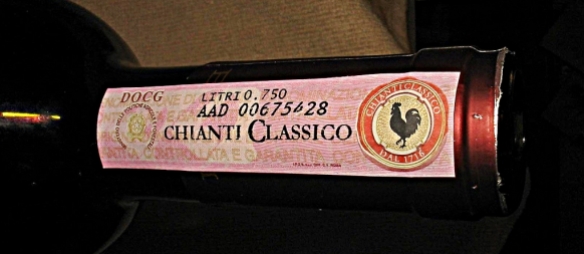
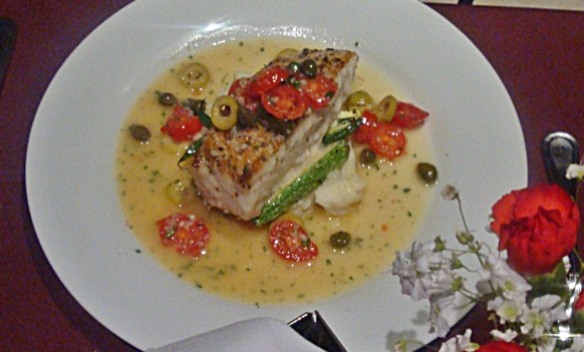
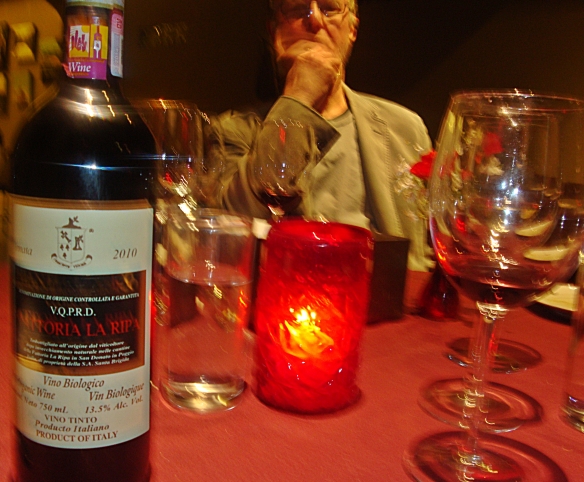
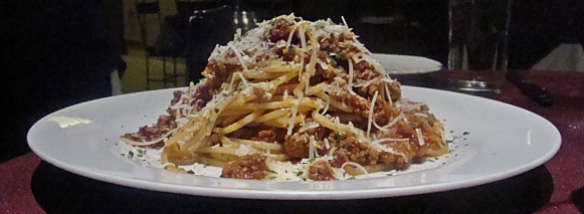
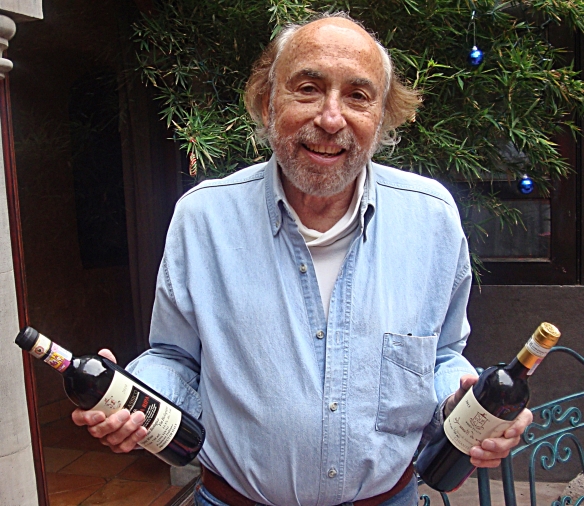
Recent Comments